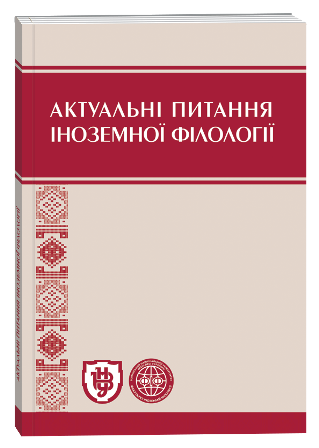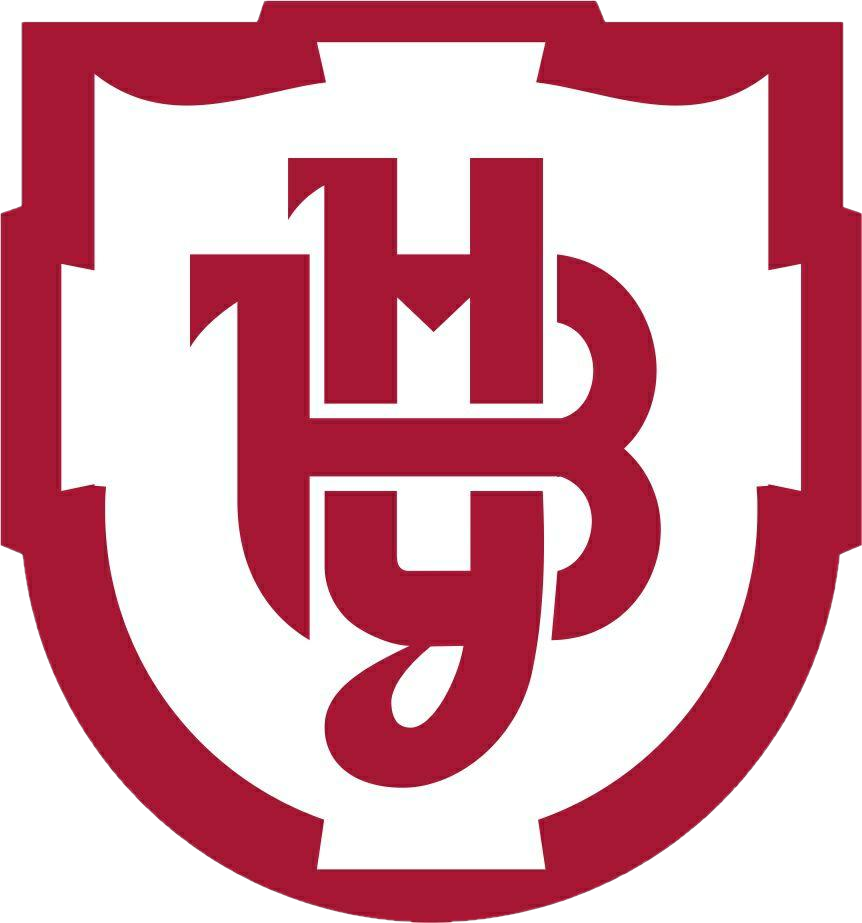FREE WORD COMBINATIONS OF MILITARY AND POLITICAL VOCABULARY IN CONTEMPORARY GERMAN JOURNALISTIC DISCOURSE: STRUCTURAL ASPECT
DOI:
https://doi.org/10.32782/2410-0927-2023-19-13Keywords:
free word combinations, journalistic discourse, communication process, genre of journalism, research text.Abstract
The article is devoted to the study of the use of free word combinations in contemporary German journalistic discourse. The aim of the study is to investigate the main types of free word combinations on military and political topics in terms of their structure and syntactic role in the sentence structure in German online journalistic articles. The attention is focused on their structural aspect. The research methodology involves the selection of the relevant research material by the method of continuous sampling, ways of distinguishing free phrases in view of their structural aspect using the main classifications of free phrases, namely: by structure and by syntactic role in the sentence. The material of the study is the research texts (online articles) of the German magazine Spiegel on military and political topics. Three types of free word combinations are distinguished by their structure: simple, complex and compound, as well as two types by their syntactic role in the sentence: free and nonfree syntactic word combinations. The main genre features of the article as one of the research genres of journalism are analyzed, and the main tasks of research texts are identified. Various approaches to the interpretation of discourse are described, which explain it as a text immersed in life or as a closed holistic communicative situation caused by social, cultural and other factors, or as a style of communication or a pattern of linguistic behavior in a certain social sphere. It is established that the main function of free word combinations in this type of discourse is the nominative function. The author identifies and names the dynamism and effectiveness of discourse as its common features. The dynamism of the discourse ensures the emergence of the text as a product, and the effectiveness of the discourse is manifested in the interaction of the product and the results of the activities of its participants. The scientific novelty of the work lies in the choice of the topic of free word combinations and the aspect under study. The results of the study indicate the importance of the structure of free word combinations for the frequency of their use in German journalistic discourse on military and political topics, regardless of the syntactic structure of the sentence; however, the syntactic role of free phrases indicates such a dependence, namely, in a complex subordinate clause, where syntactically free phrases are one member of the clause. So 56.25% of the word combinations were identified by structure: simple – 56.25%, complex – 14.58%, combined – 29.17%. According to the syntactic role in the sentence, 91.67% of the word combinations were free, and 8.33% were non-free word combinations. In the future, the semantic and pragmatic aspects of free word combinations will be studied.
References
Бацевич Ф. С. Основи комунікативної лінгвістики. Київ, 2004. 344 с.
Бевзенко С. П., Литвин Л. П., Семеренко Г. В. Сучасна українська мова. Синтаксис : навчальний посібник. Київ : Вища школа, 2005. 270 с.
Вихованець І. Р. Граматика української мови. Синтаксис. Київ, 1993. 368 с.
Дацишин X.П. Статична та динамічна метафора в сучасному українському політичному дискурсі. Стиль і текст. 2003. Вип. 4. С. 128–140.
Загнітко А. П., Теоретична граматика сучасної української мови. Морфологія. Синтаксис. Донецьк, 2011. 992 с.
Загнітко А., Миронова Г. Синтаксис української мови. Теоретико-прикладний аспект : монографія. Brno : Masarykova univerzita, 2013. 225 c. URL: https://digilib.phil.muni.cz/_flysystem/fedora/pdf/128795.pdf (дата звернення: 27.10.2023).
Кочерган М. П. Вступ до мовознавства: Підручник для студентів філологічних спеціальностей вищих навчальних закладів / за ред. Г. А. Теремко. Київ : Видавничий центр «Академія», 2001. 368 с.
Кусько К. Я. Когнітивно-дискурсивний потенціал інформативного трансферу. Вісник Харків. нац. ун-ту ім. В. Н. Каразіна. 2004. № 635. С. 91–93.
Мойсієнко А. К., Арібжанова І. М., Коломийцева В. В. Сучасна українська літературна мова: Морфологія. Синтаксис. Київ, 2010. 374 с.
Селіванова О.О. Сучасна лінгвістика: термінологічна енциклопедія. Полтава, 2006. 716 с.
Удовиченко Г. М. Словосполучення в сучасній українській літературній мові : монографія. Київ : Наук. думка,1968. 288 с.
Ющук І. П. Поняття про словосполучення. Дивослово. 2009. № 10. С. 26–30.
Jung M. Diskurshistorische Analyse. Sprachgeschichte als Zeitgeschichte: eine linguistische Perspektive / M. Wengeler et al. Hildesheim: Olms, 2005. S. 165–193.







